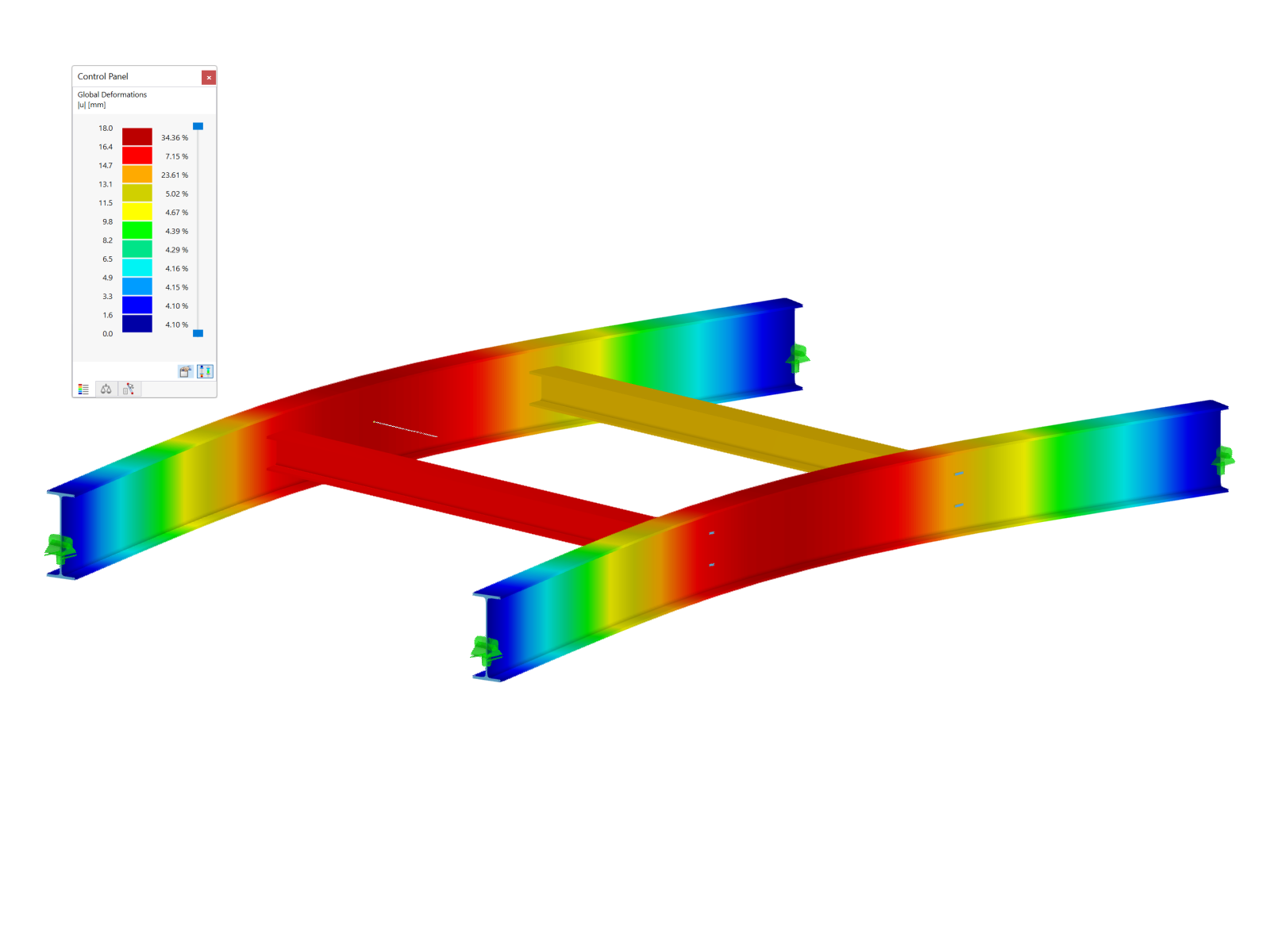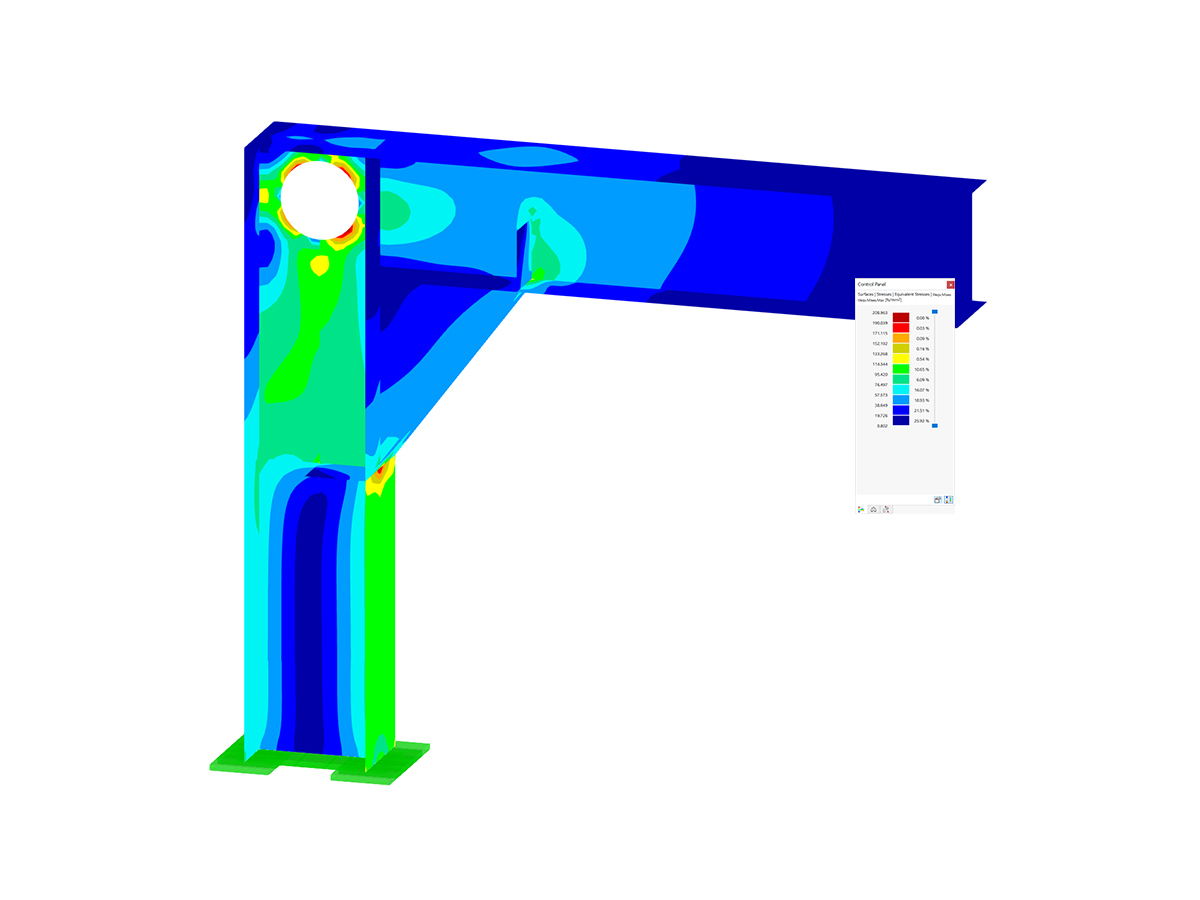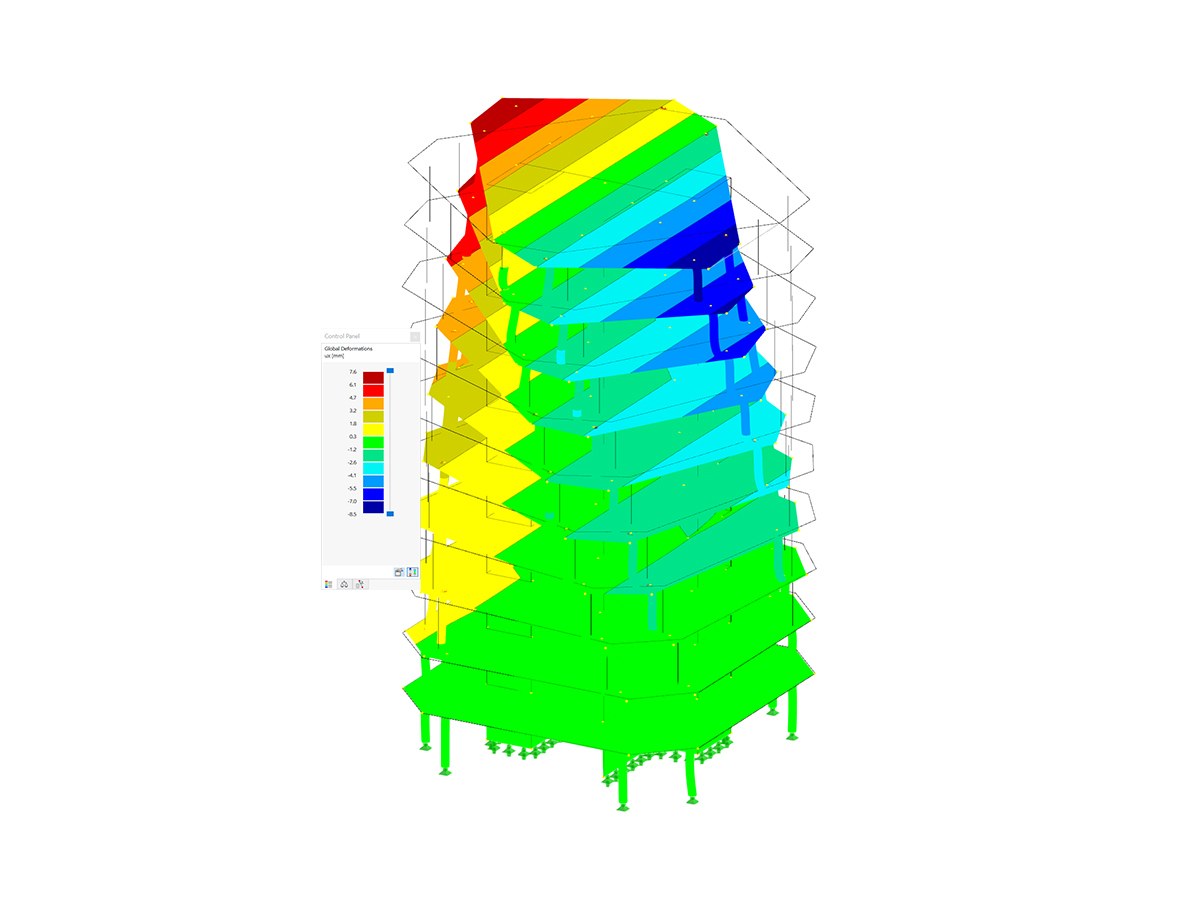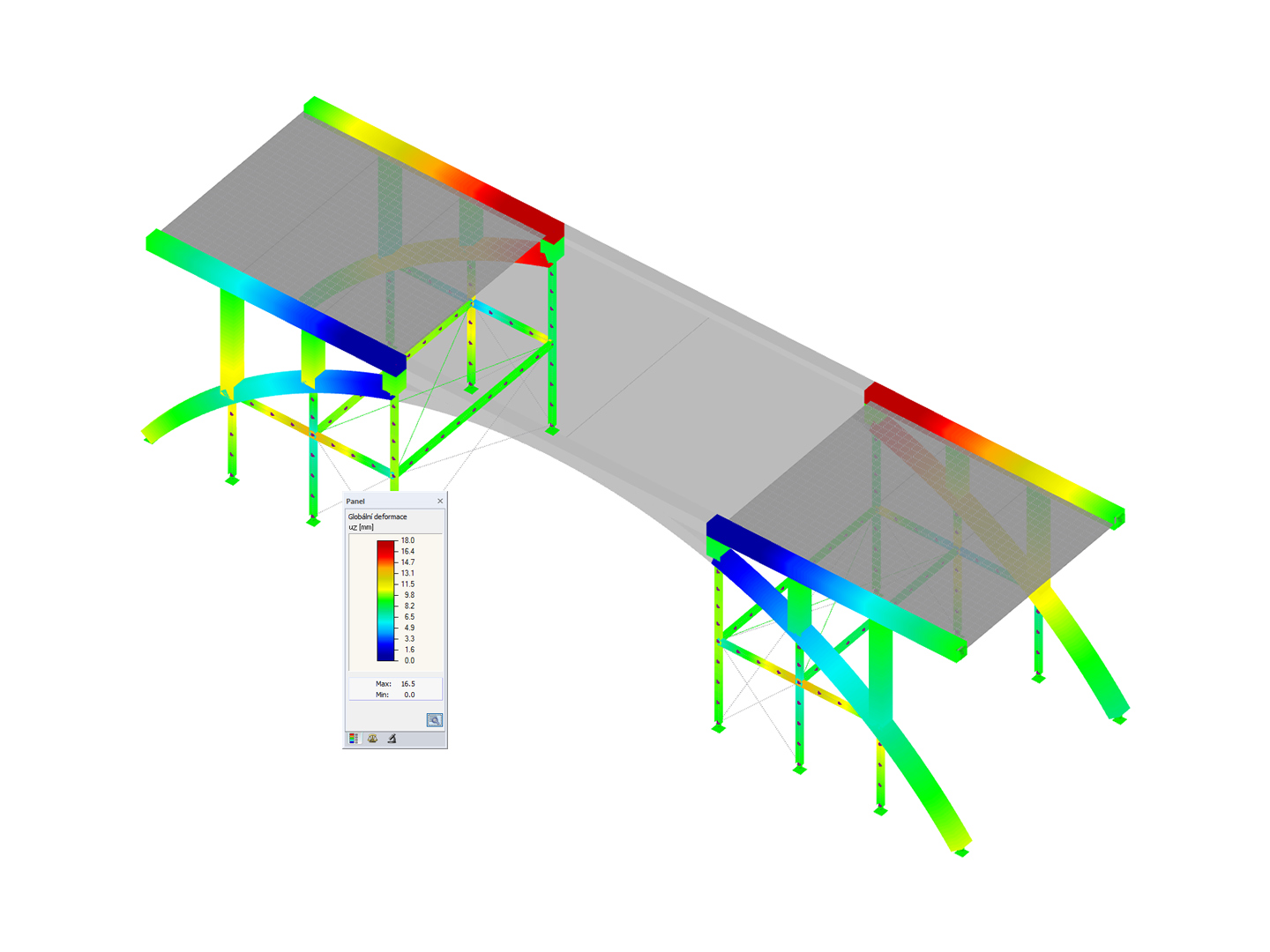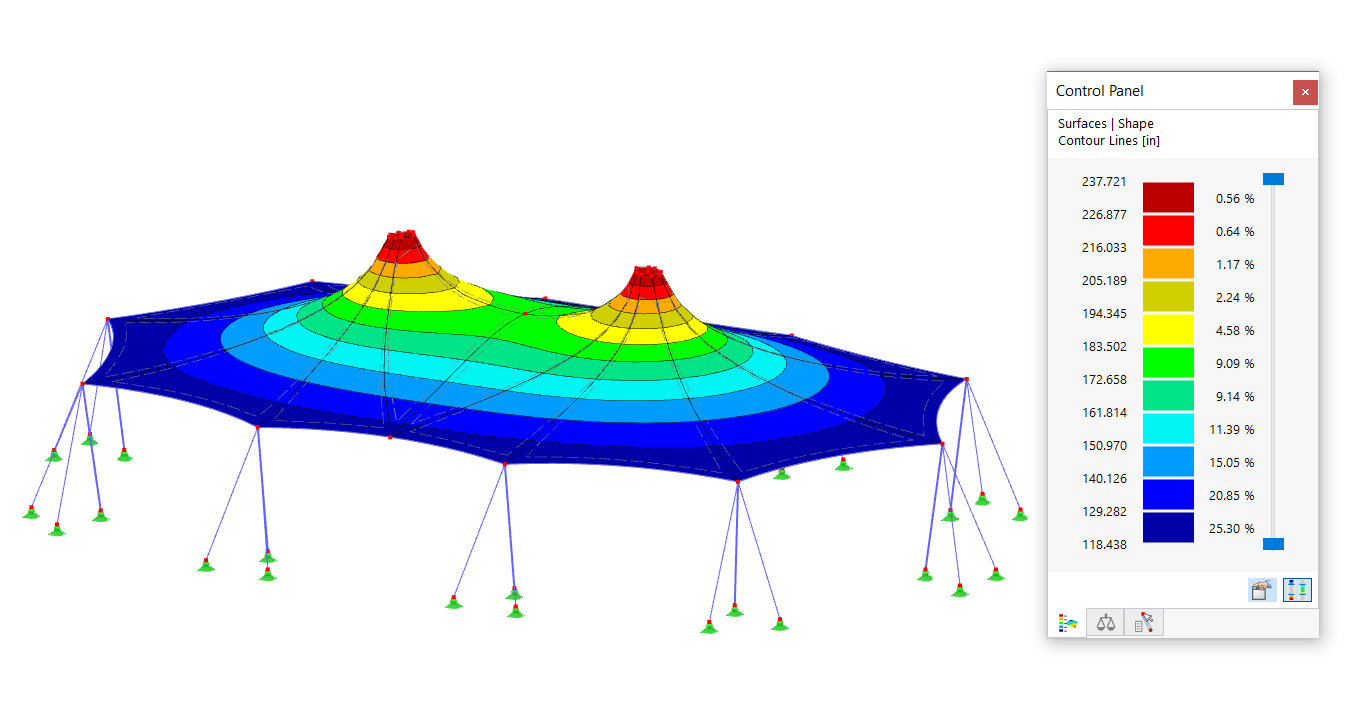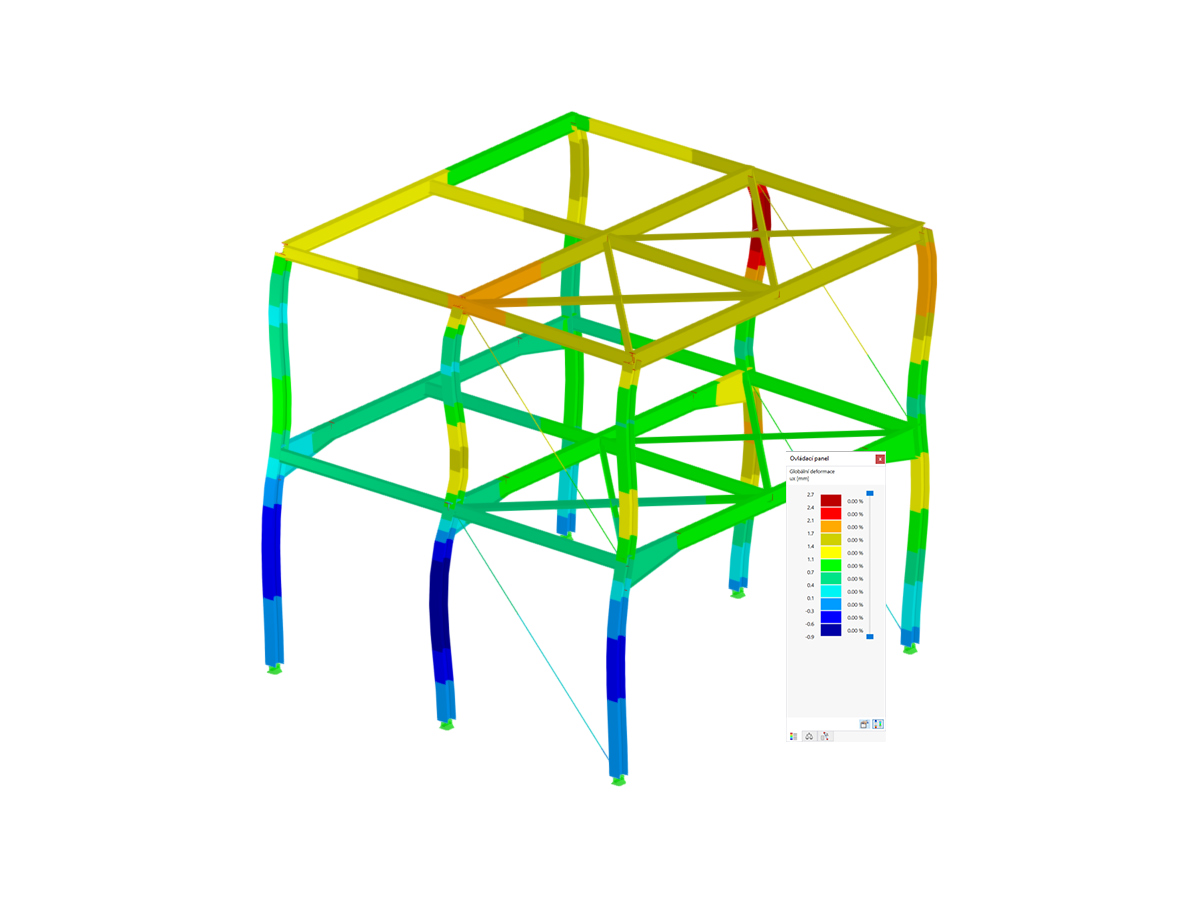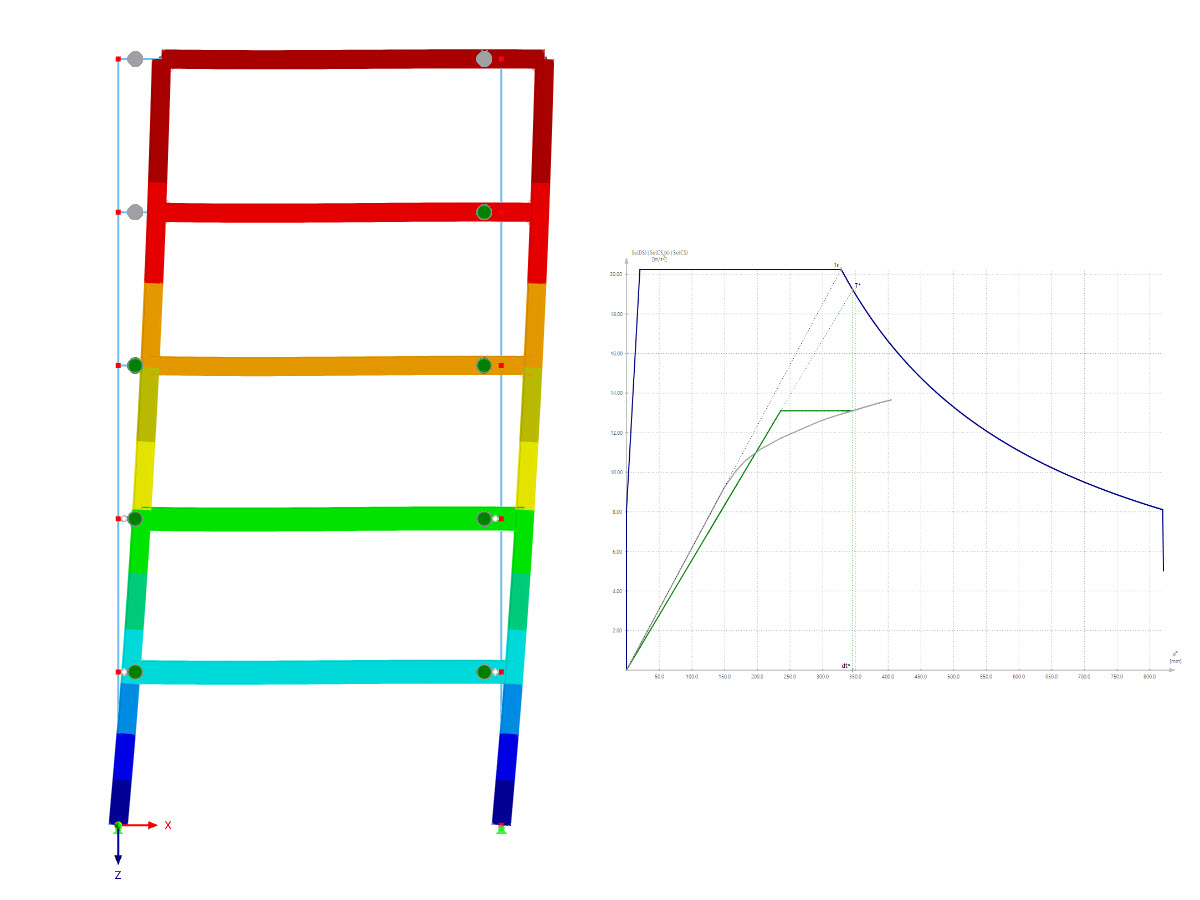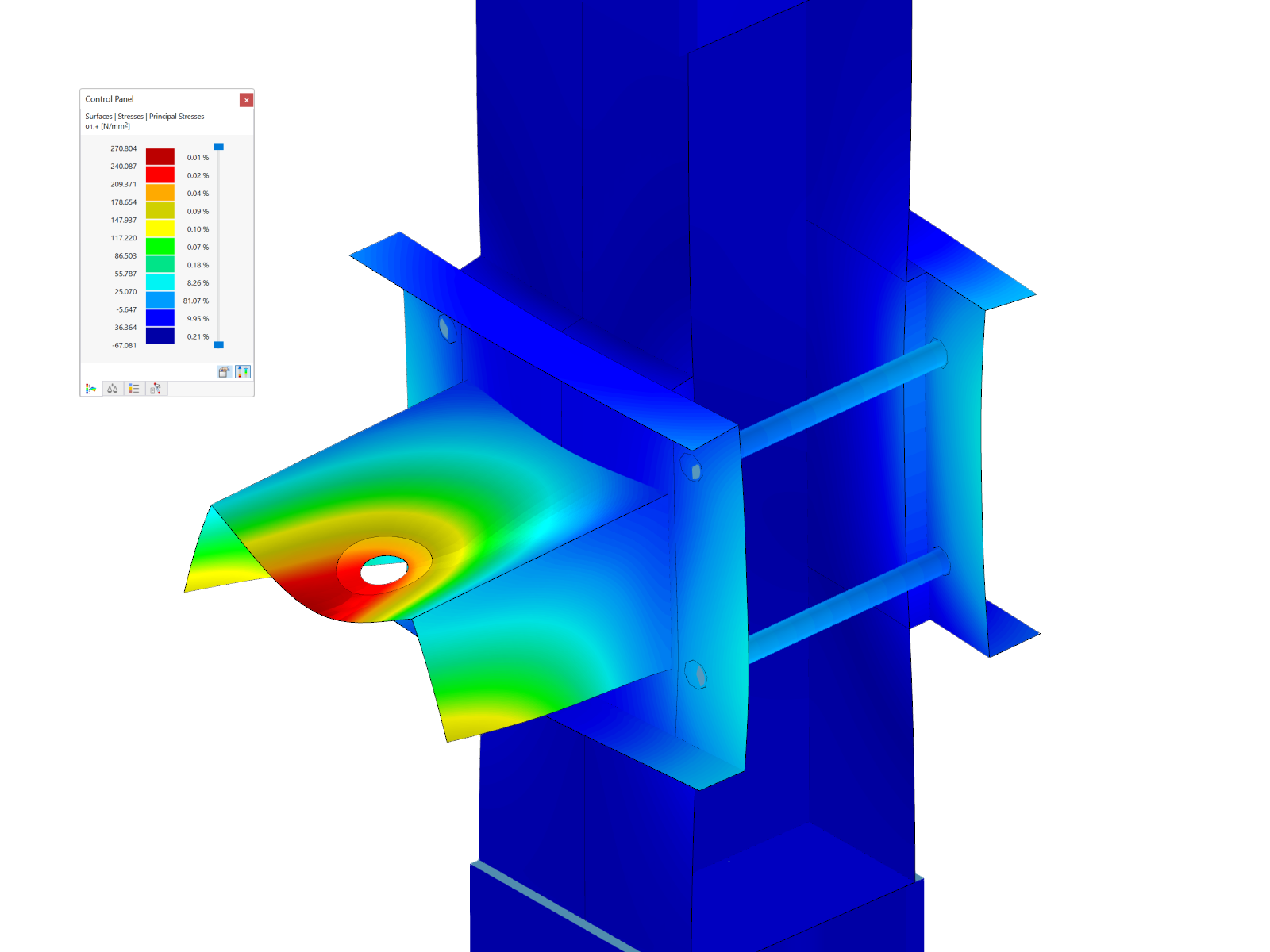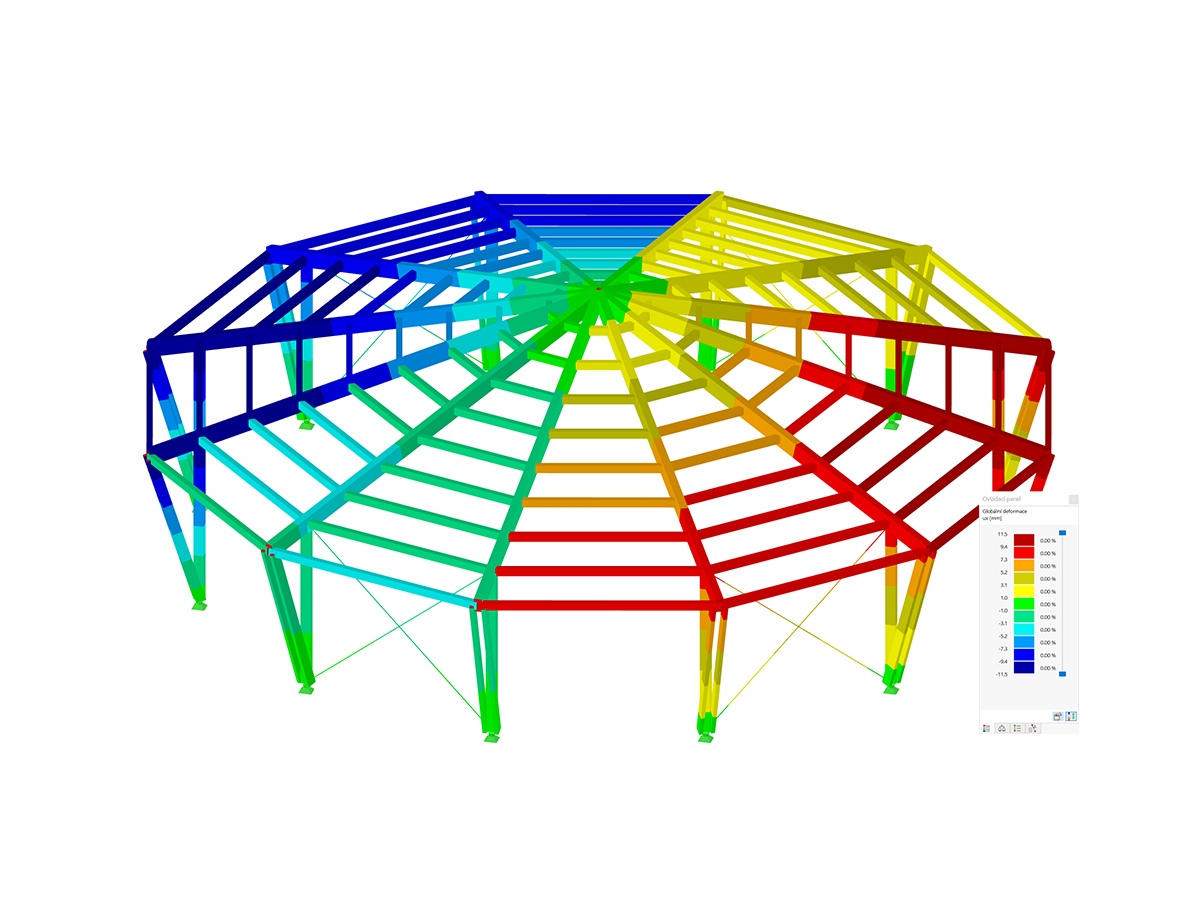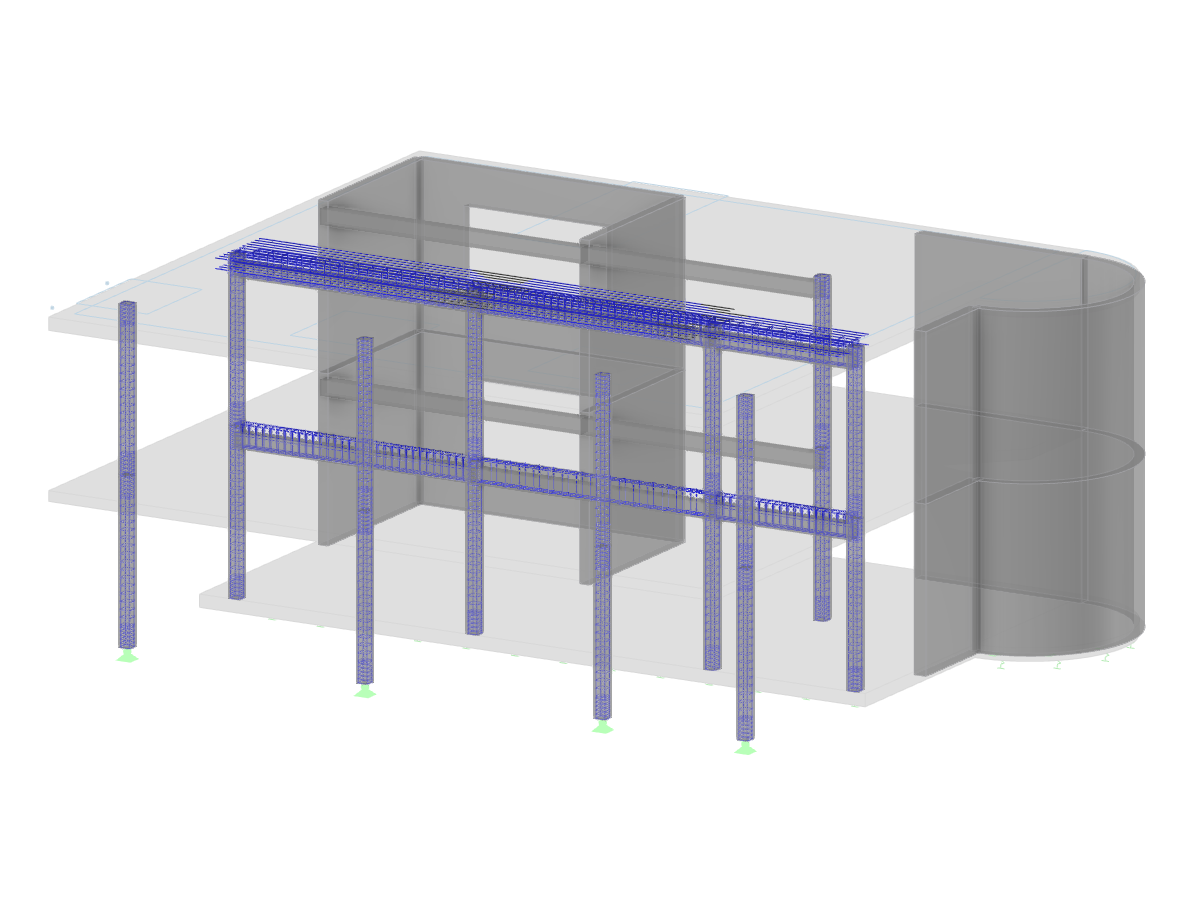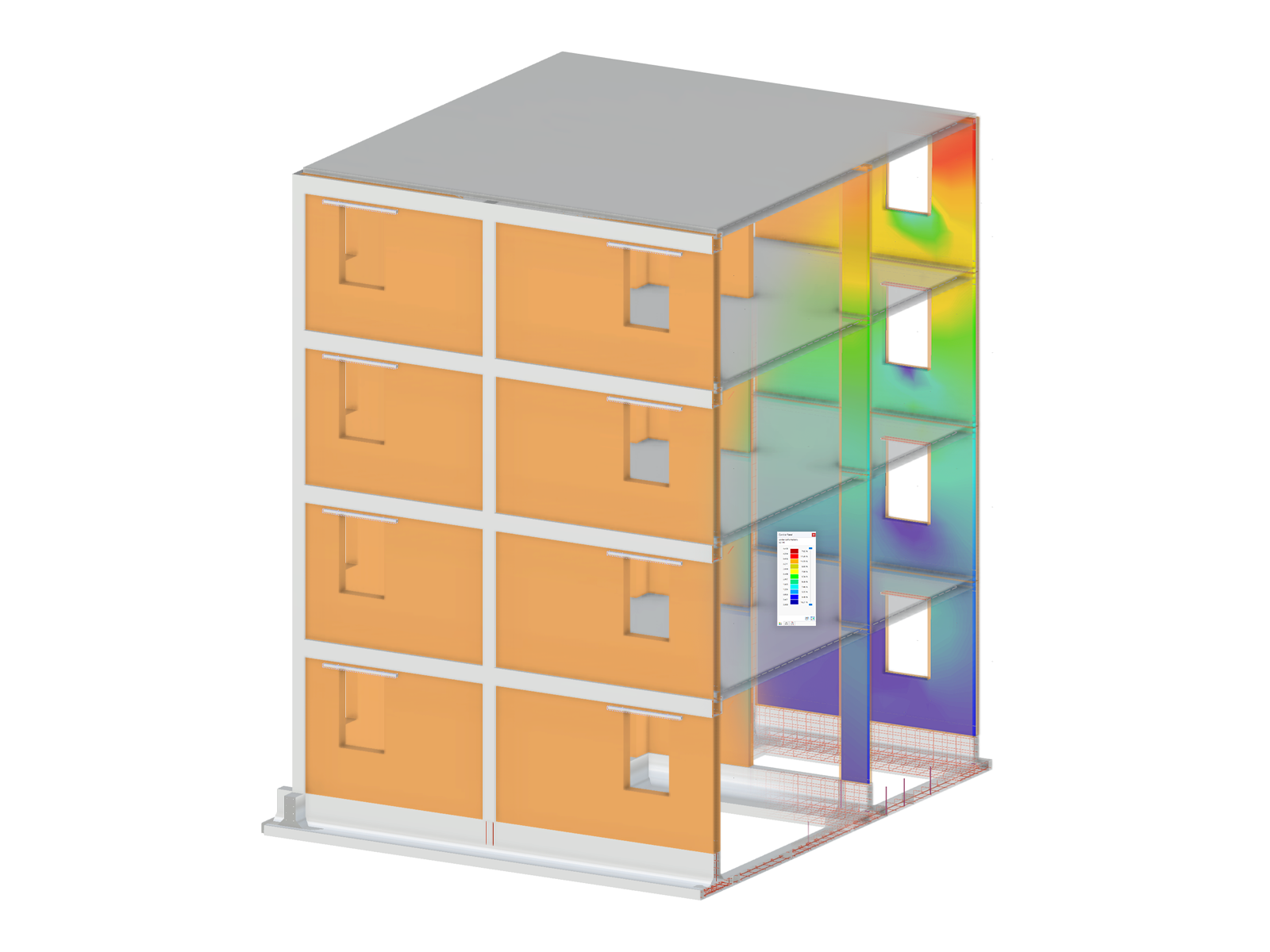This model shows a façade in the shape of a honeycomb, created using pneumatic cushions and an innovative pneumatic supporting structure. Flexible form-finding is supported by the use of pneumatic systems, which allows for variable load transfer. The concept uses modern materials and structural principles to optimally combine aesthetic and functional requirements. The model shows future-oriented approaches in facade design.
| 5 star | ||
| 4 star | ||
| 3 star | ||
| 2 star | ||
| 1 star |
Honeycomb Facade
| Number of Nodes | 170 |
| Number of Lines | 216 |
| Number of Members | 134 |
| Number of Surfaces | 166 |
| Number of Solids | 46 |
| Number of Load Cases | 11 |
| Number of Result Combinations | 1 |
| Total Weight | 3,903 t |
| Dimensions (Metric) | 17.932 x 17.932 x 10.932 m |
| Dimensions (Imperial) | 58.83 x 58.83 x 35.87 feet |
| Program Version | 5.16.01 |

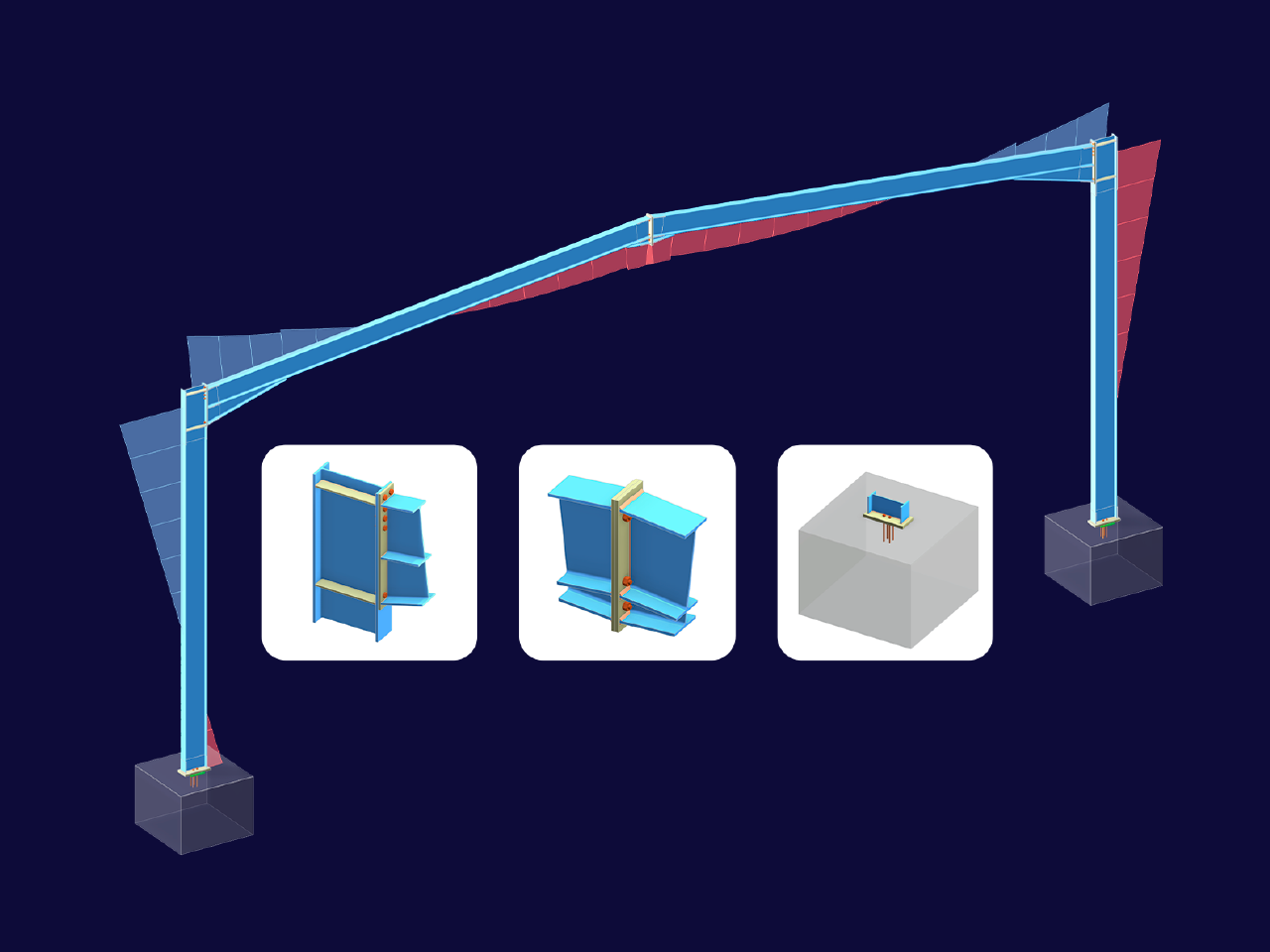
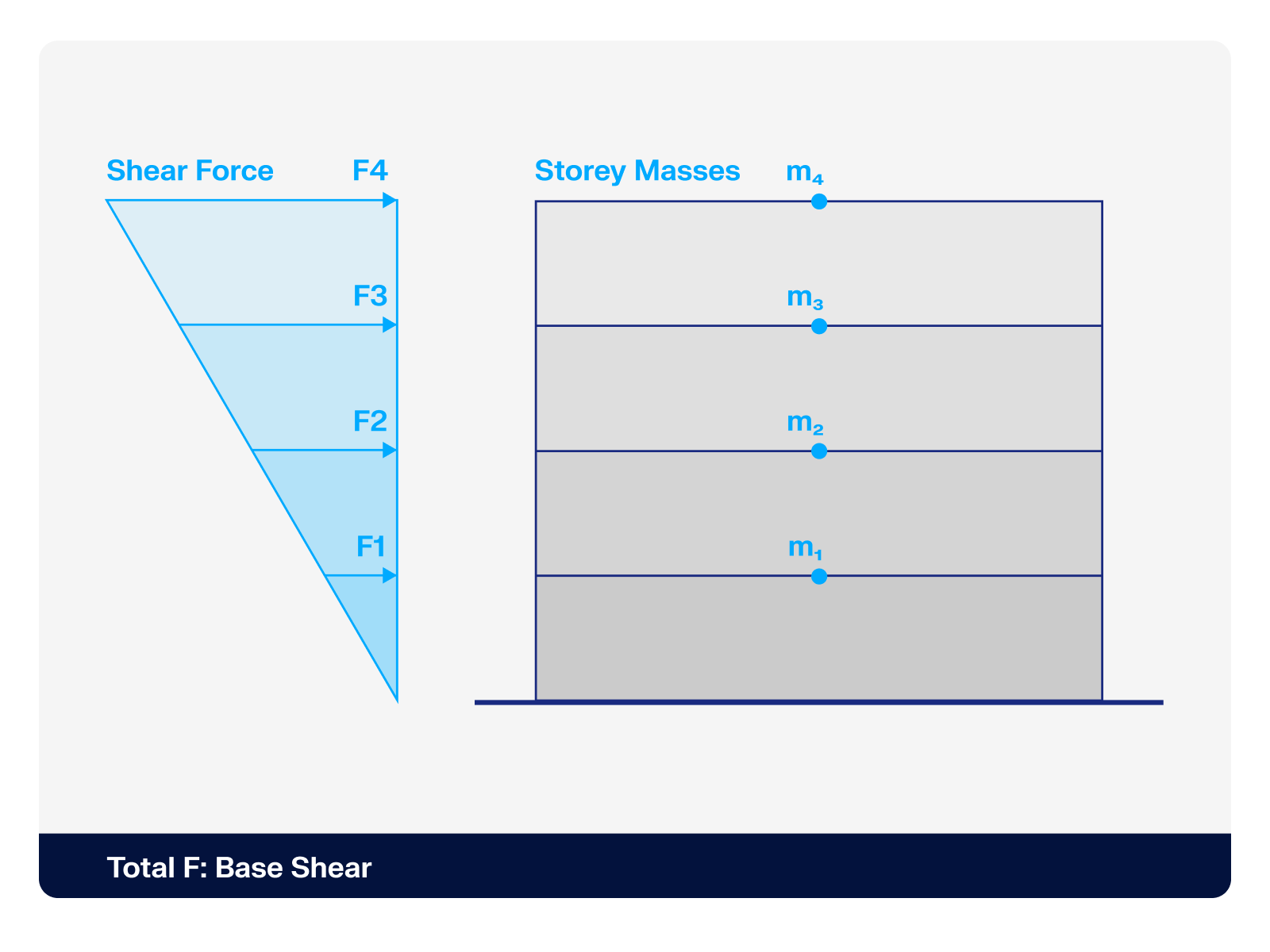.png?mw=512&hash=4a84cbc5b1eacf1afb4217e8e43c5cb50ed8d827)
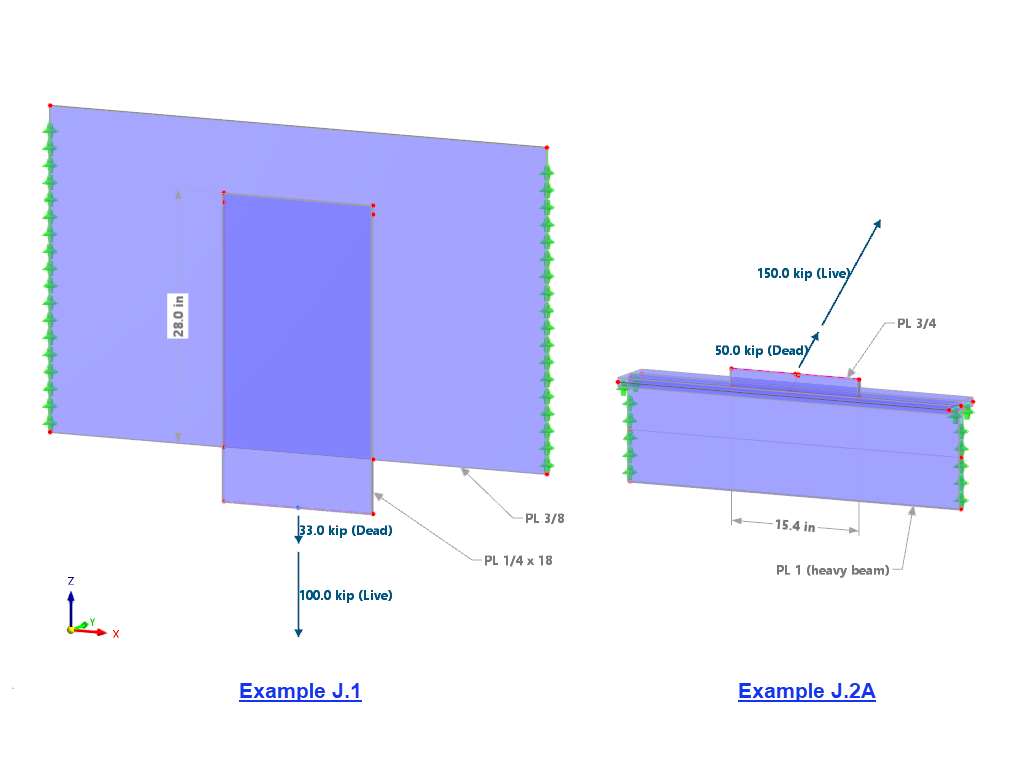
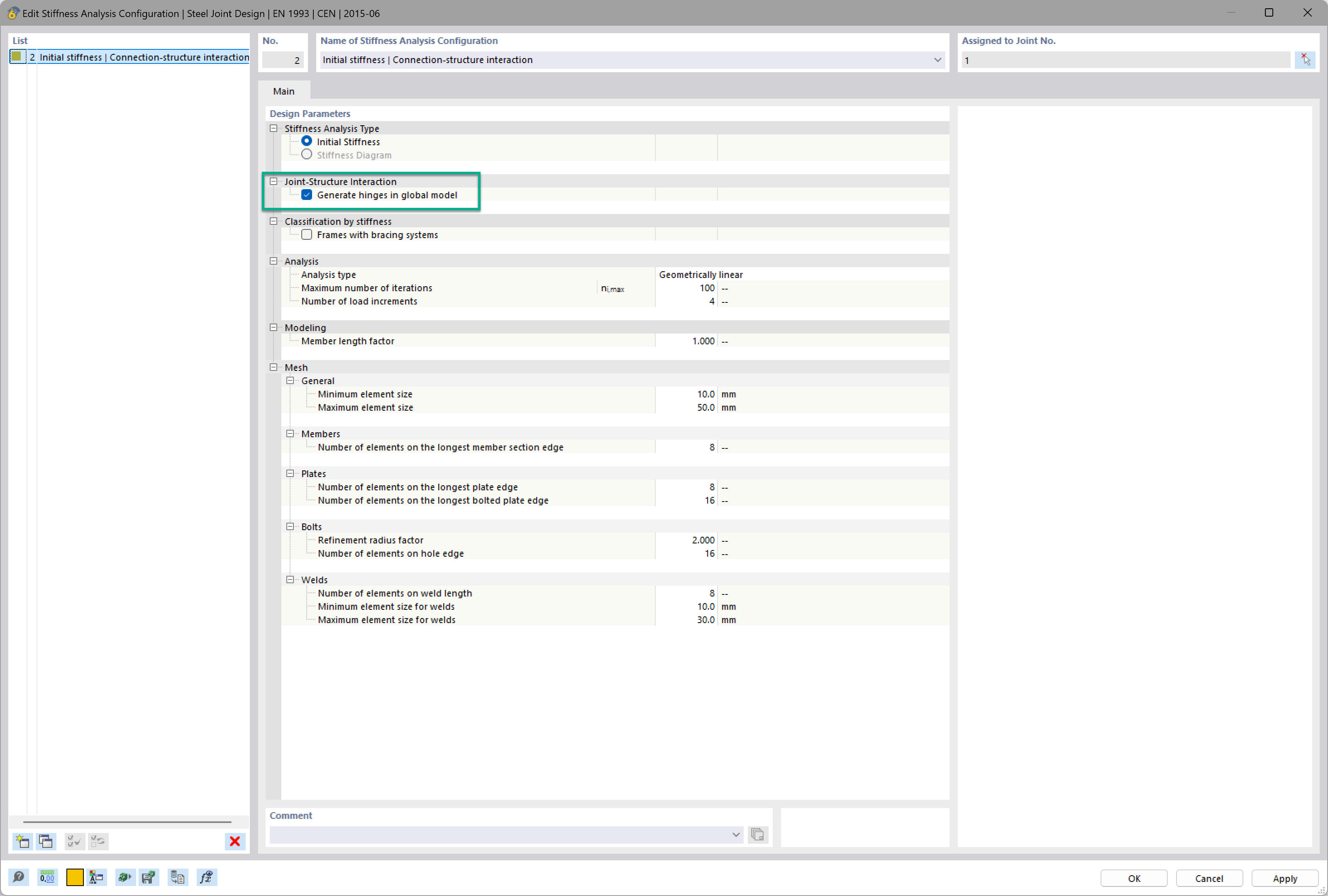
Want to automatically consider steel joint stiffness in your global RFEM model? Utilize the Steel Joints add-on!
Activate joint-structure interaction in the stiffness analysis of your steel joints. Hinges with springs are then automatically generated in the global model and included in subsequent calculations.
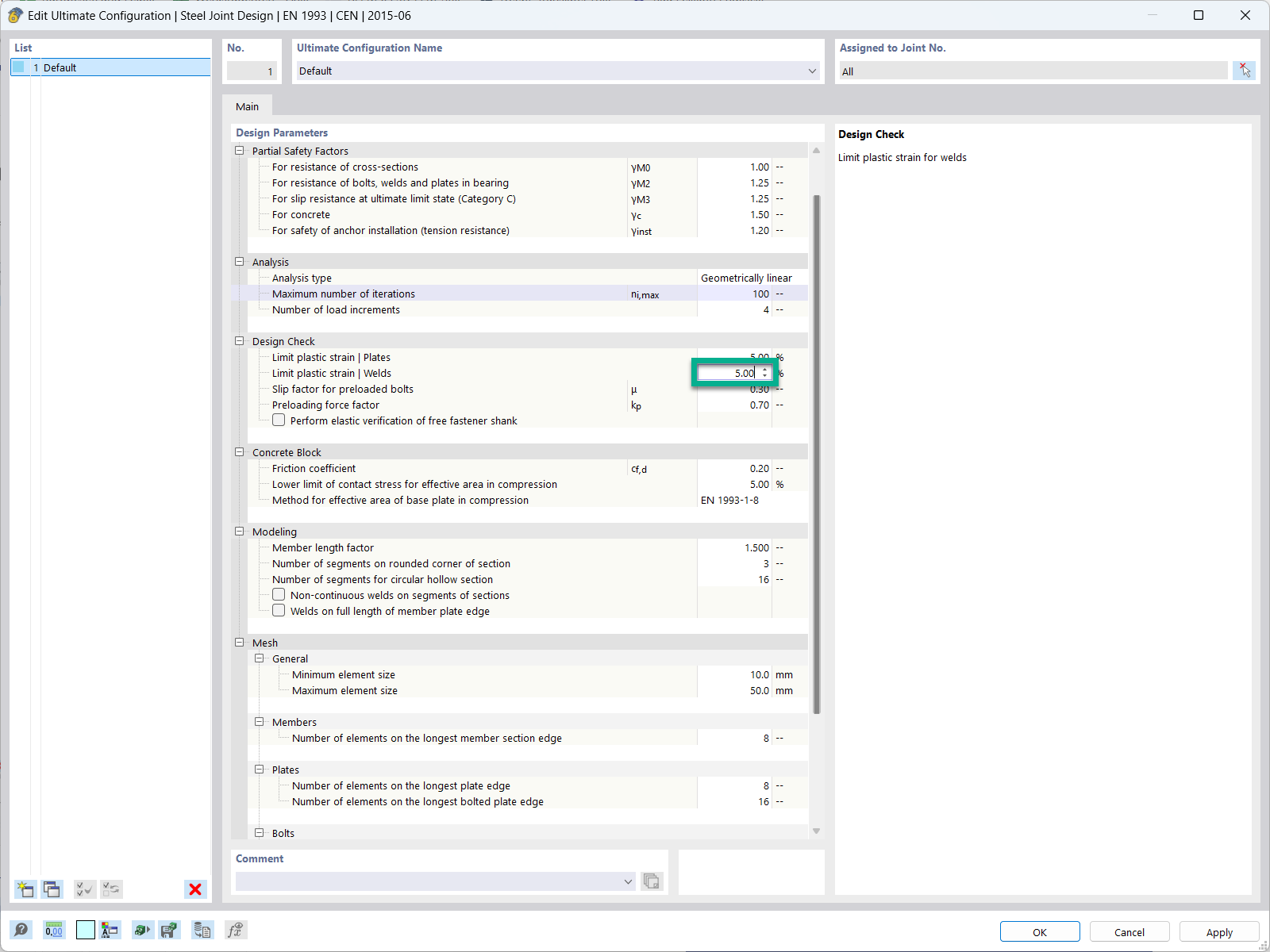
In the ultimate configuration of the steel joint design, you have the option to modify the limit plastic strain for welds.
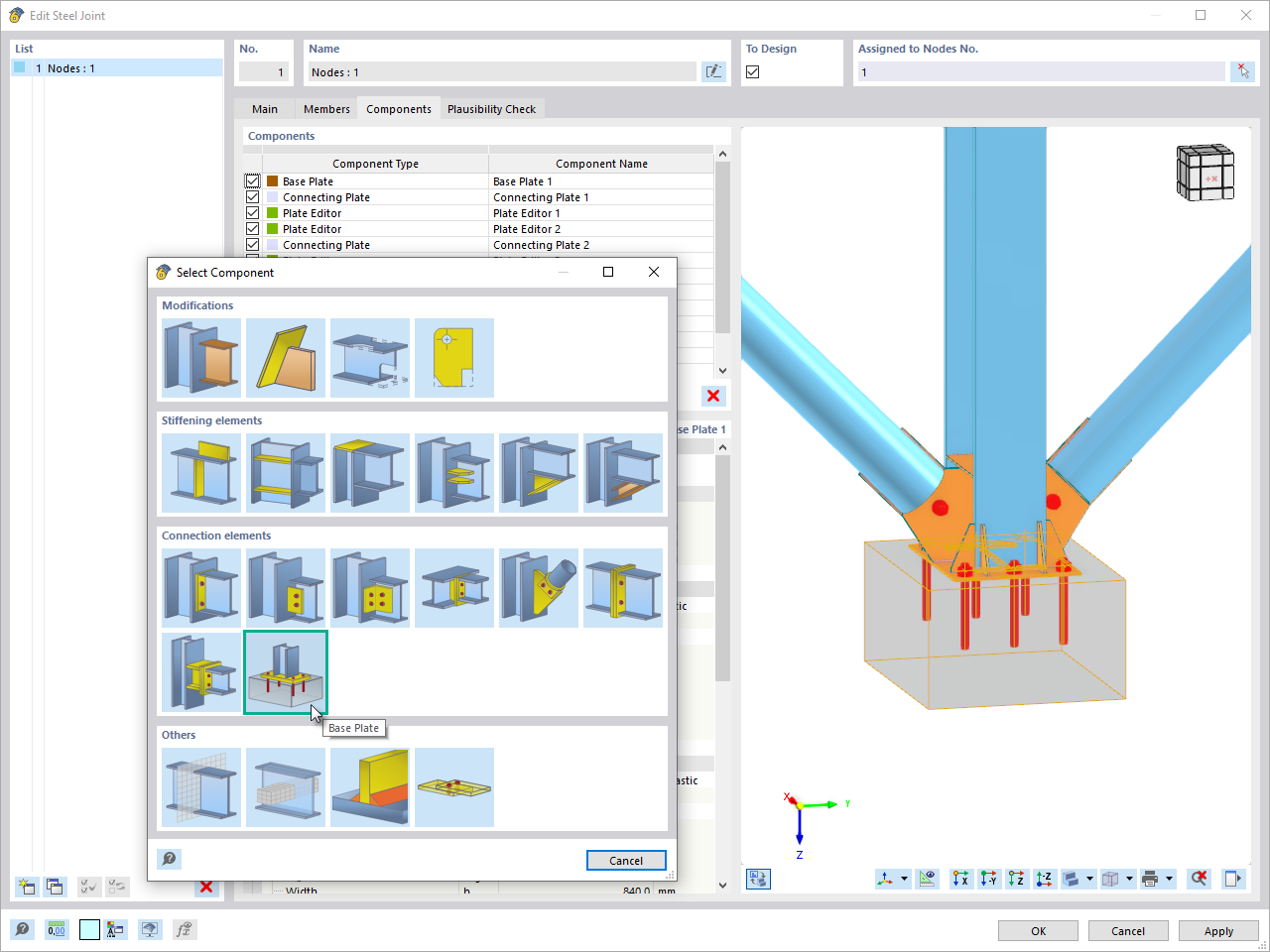
The "Base Plate" component allows you to design base plate connections with cast-in anchors. In this case, plates, welds, anchorages, and steel-concrete interaction are analyzed.
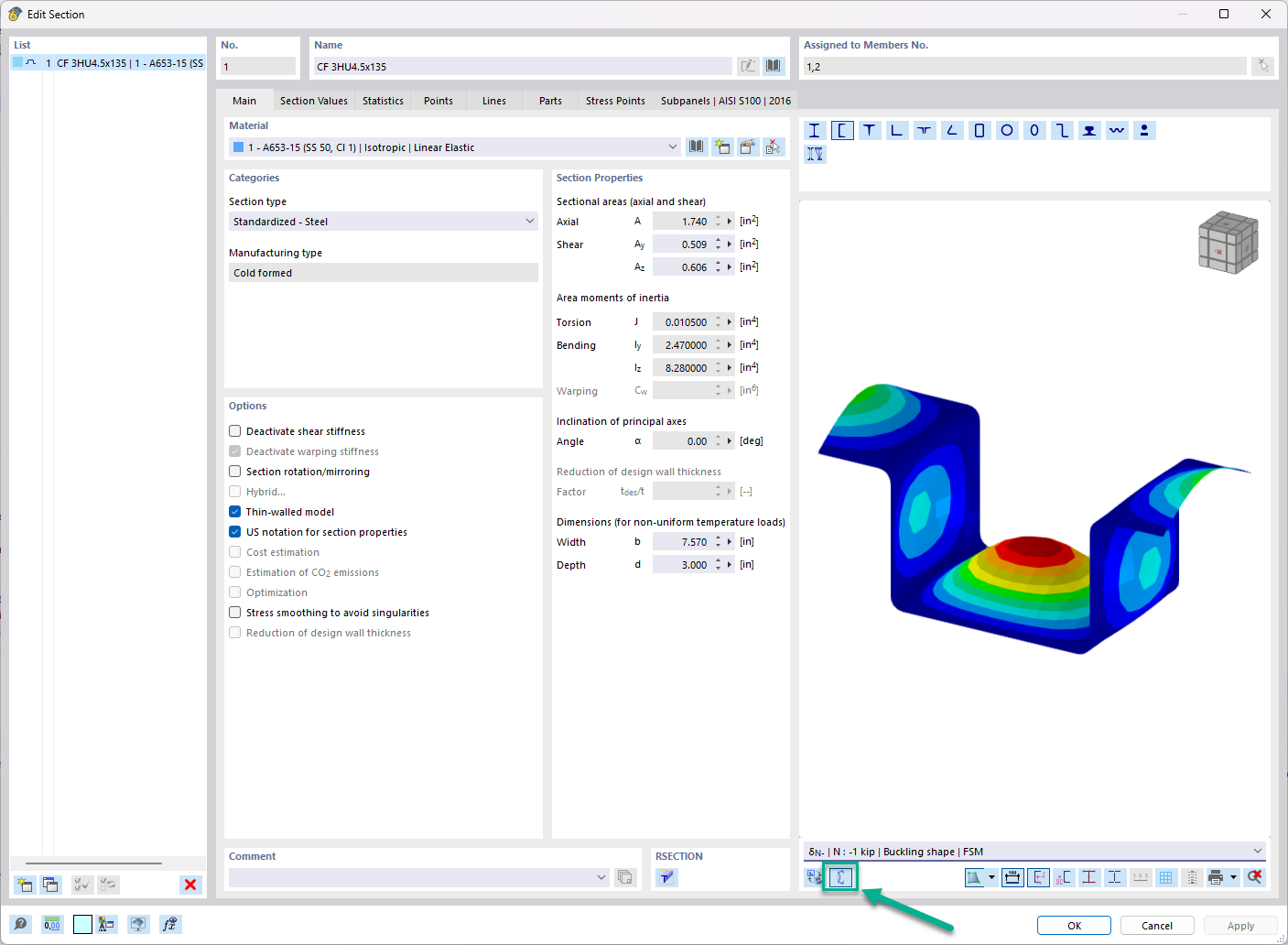
In the "Edit Section" dialog box, you can display the buckling shapes of the Finite Strip Method (FSM) as a 3D graphic.
In the Steel Joints add-on, I get high utilization ratios for preloaded bolts in the tension design. Where do these high utilization ratios come from and how can I evaluate the load-bearing reserves of the bolt?
How can treating a connection as fully rigid result in an uneconomical design?
Is it possible to consider shear panels and rotational restraints in the global calculation?

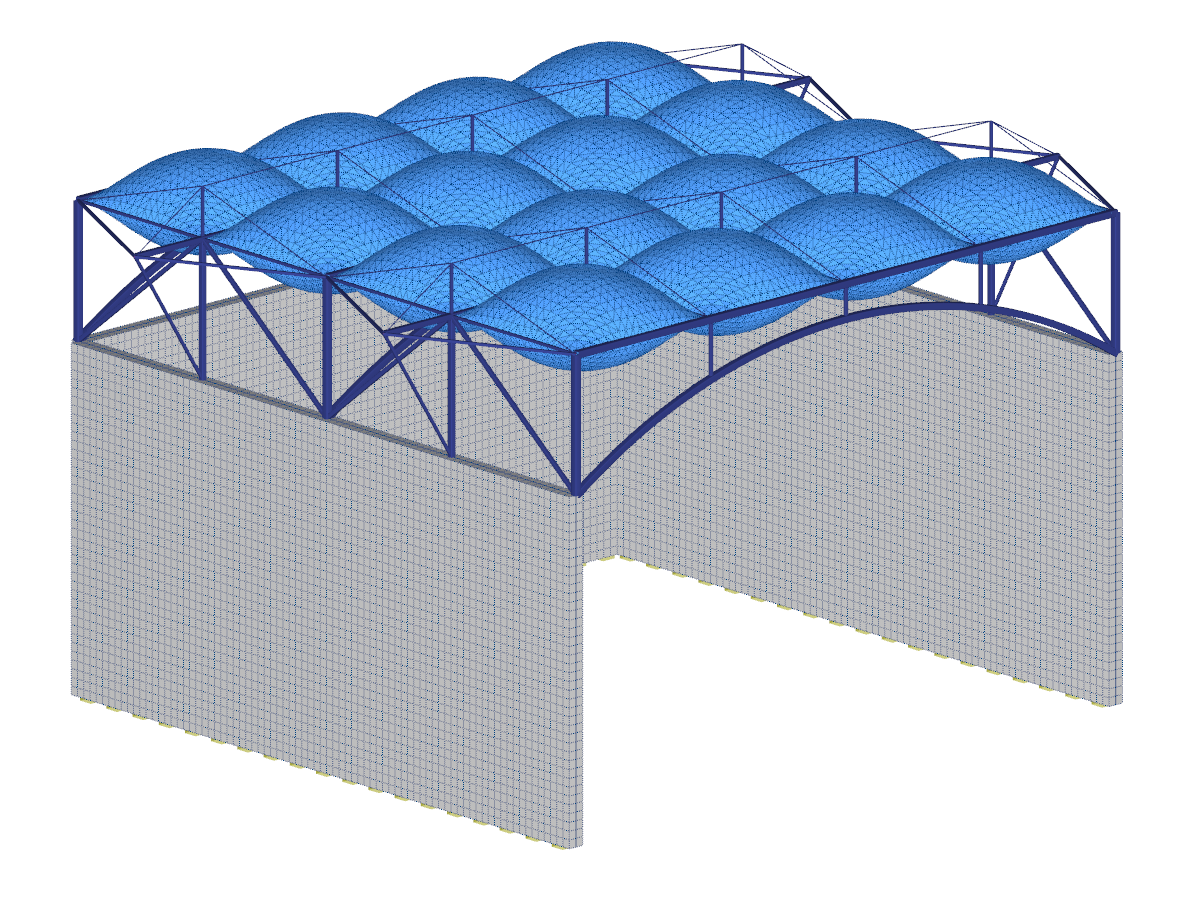
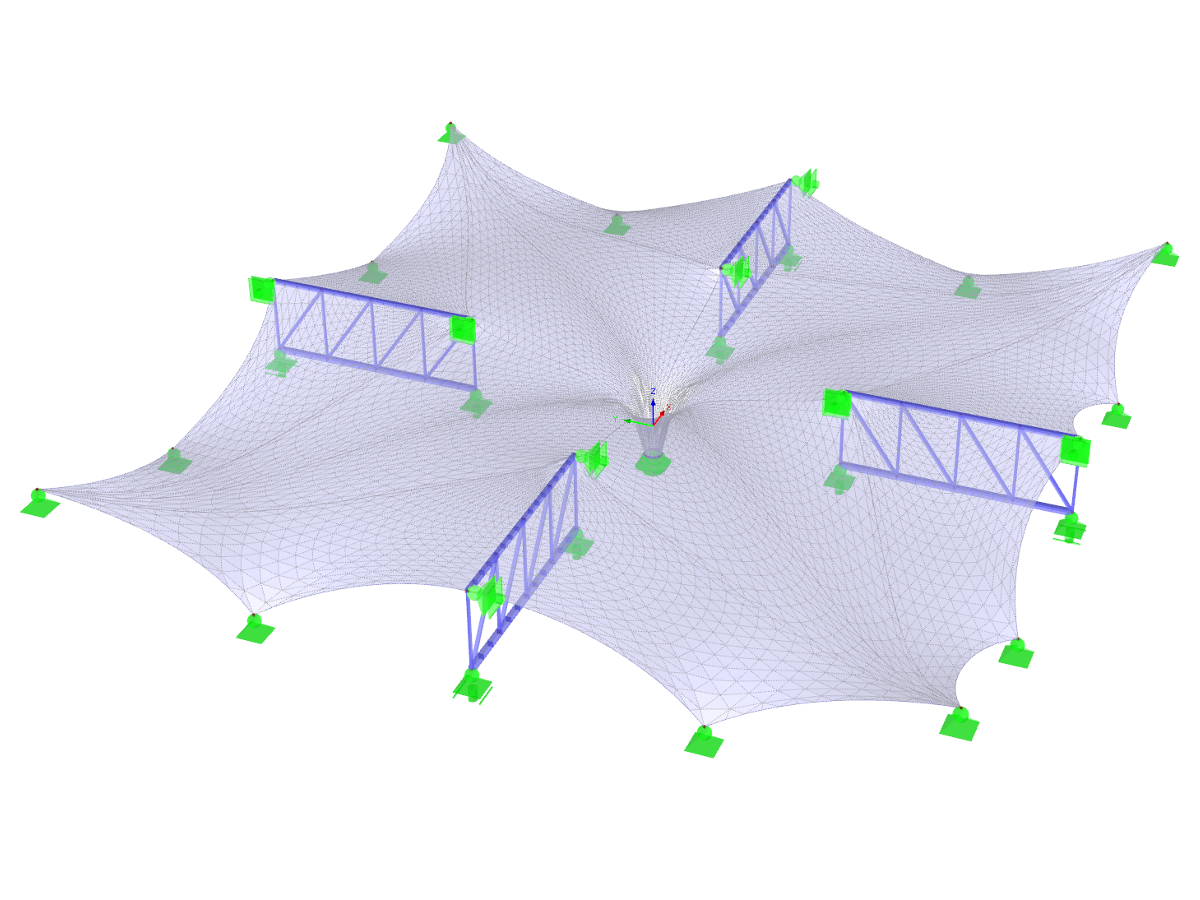
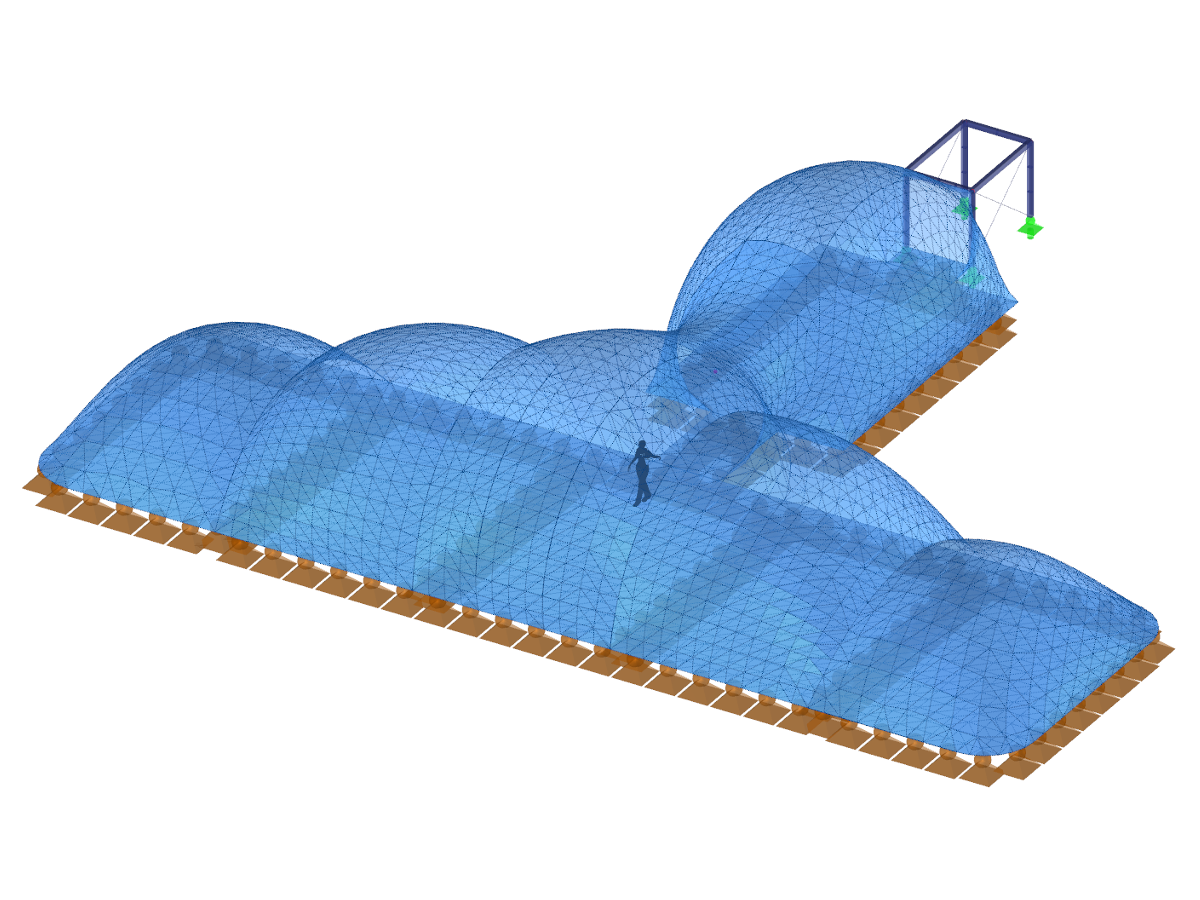
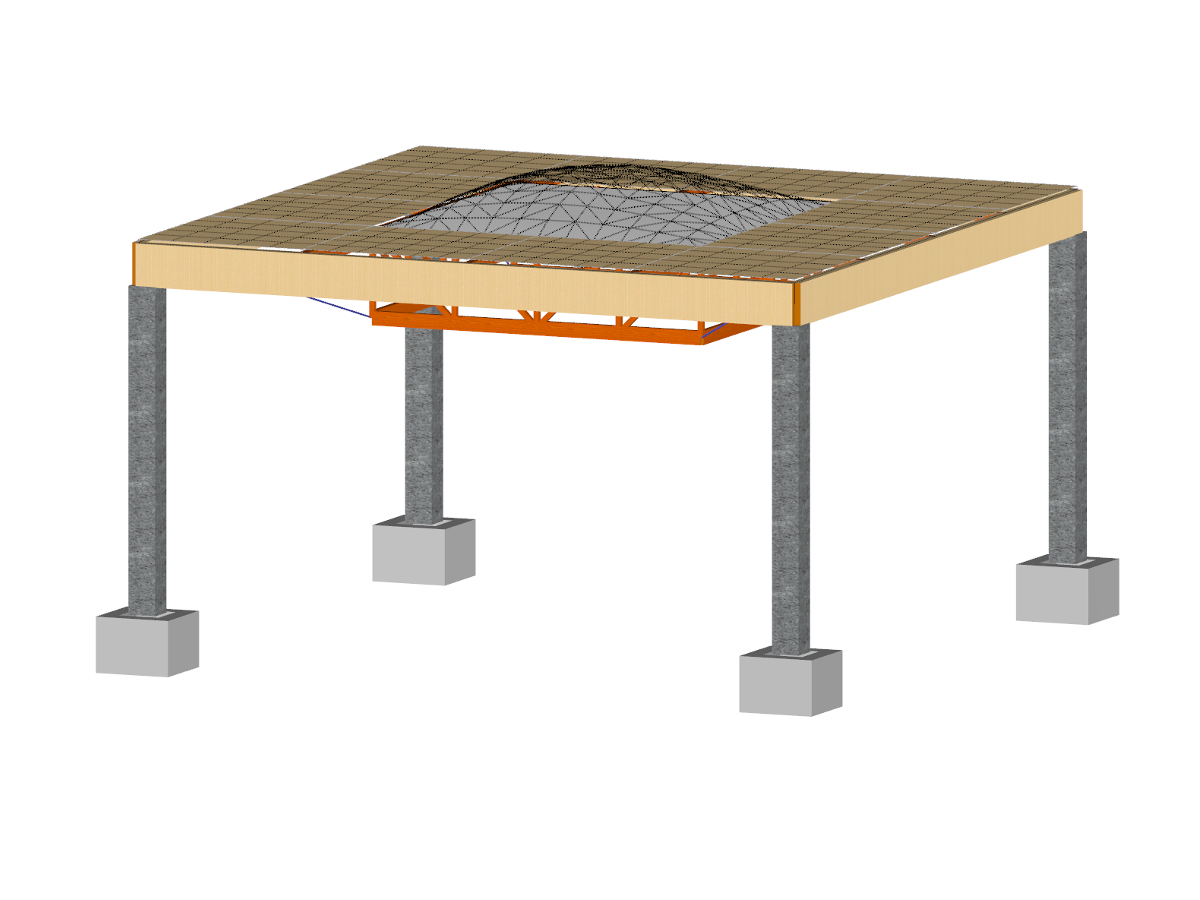














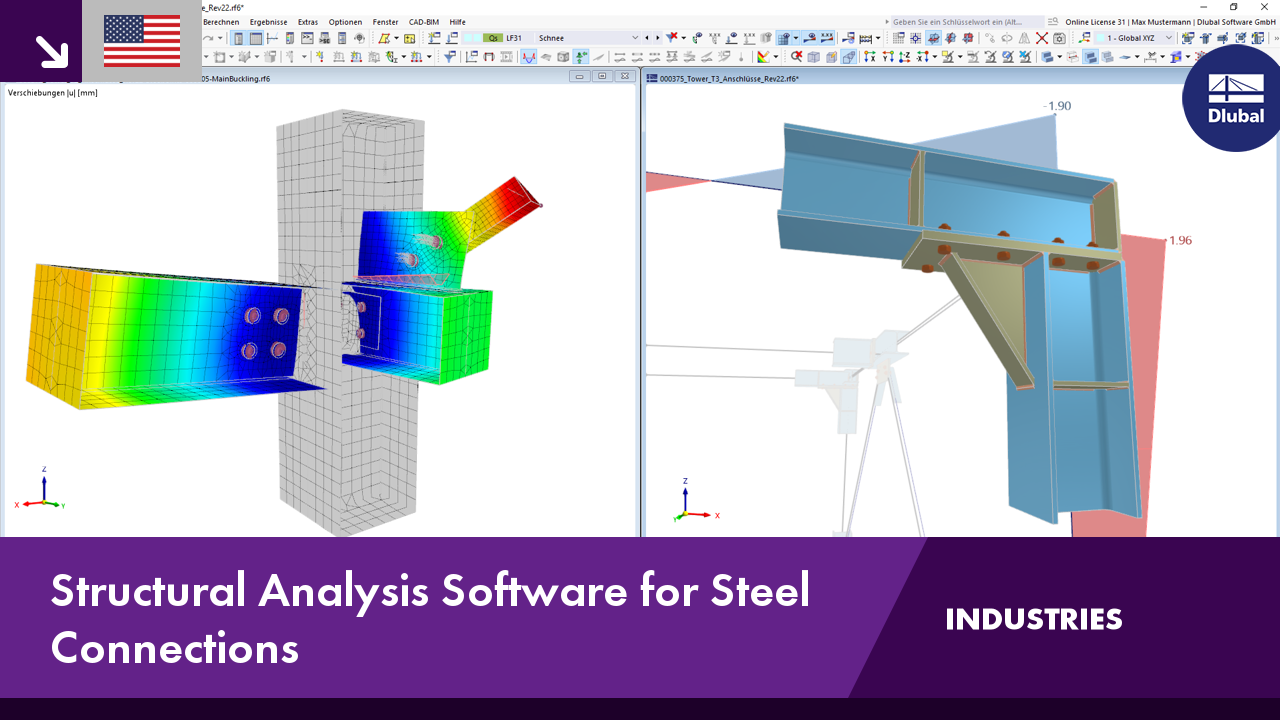.png?mw=350&hash=c6c25b135ffd26af9cd48d77813d2ba5853f936c)
























_1.jpg?mw=350&hash=ab2086621f4e50c8c8fb8f3c211a22bc246e0552)




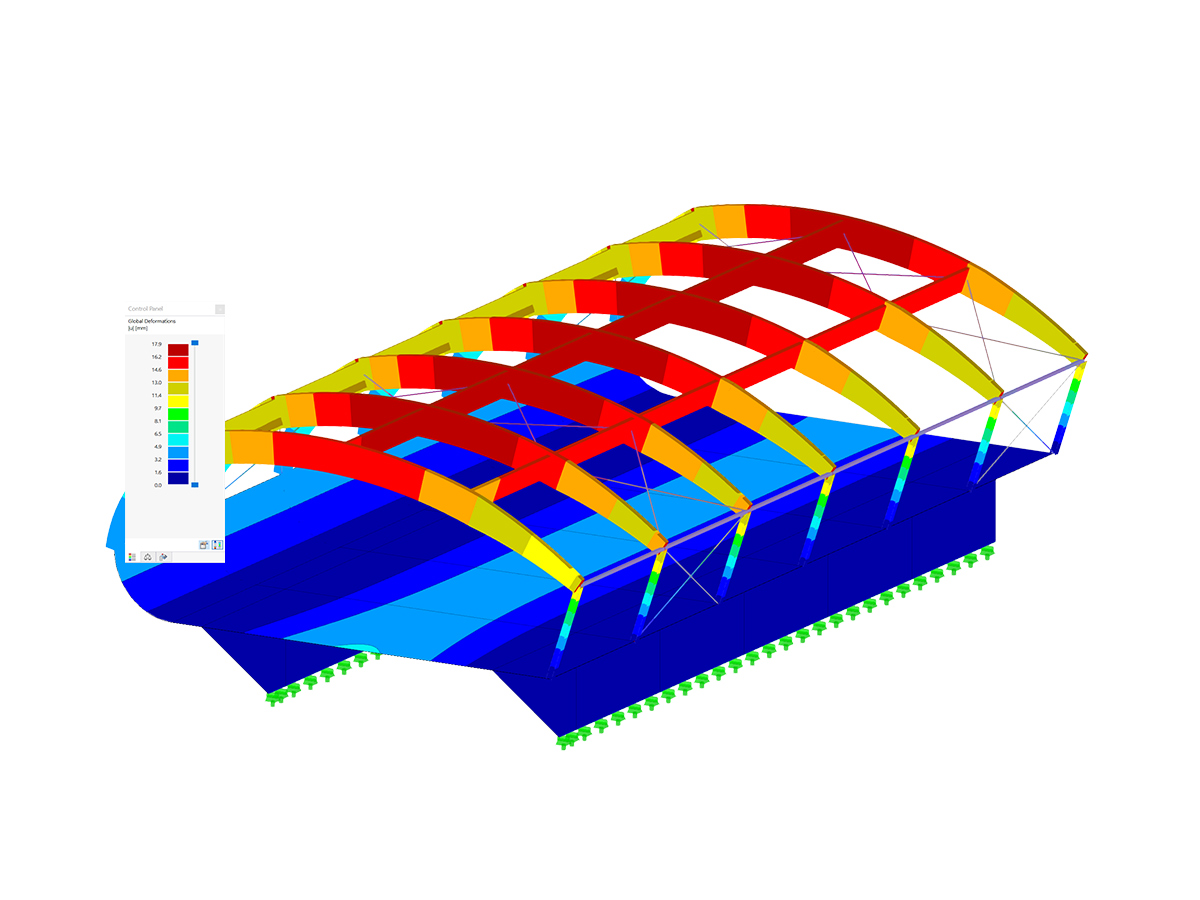
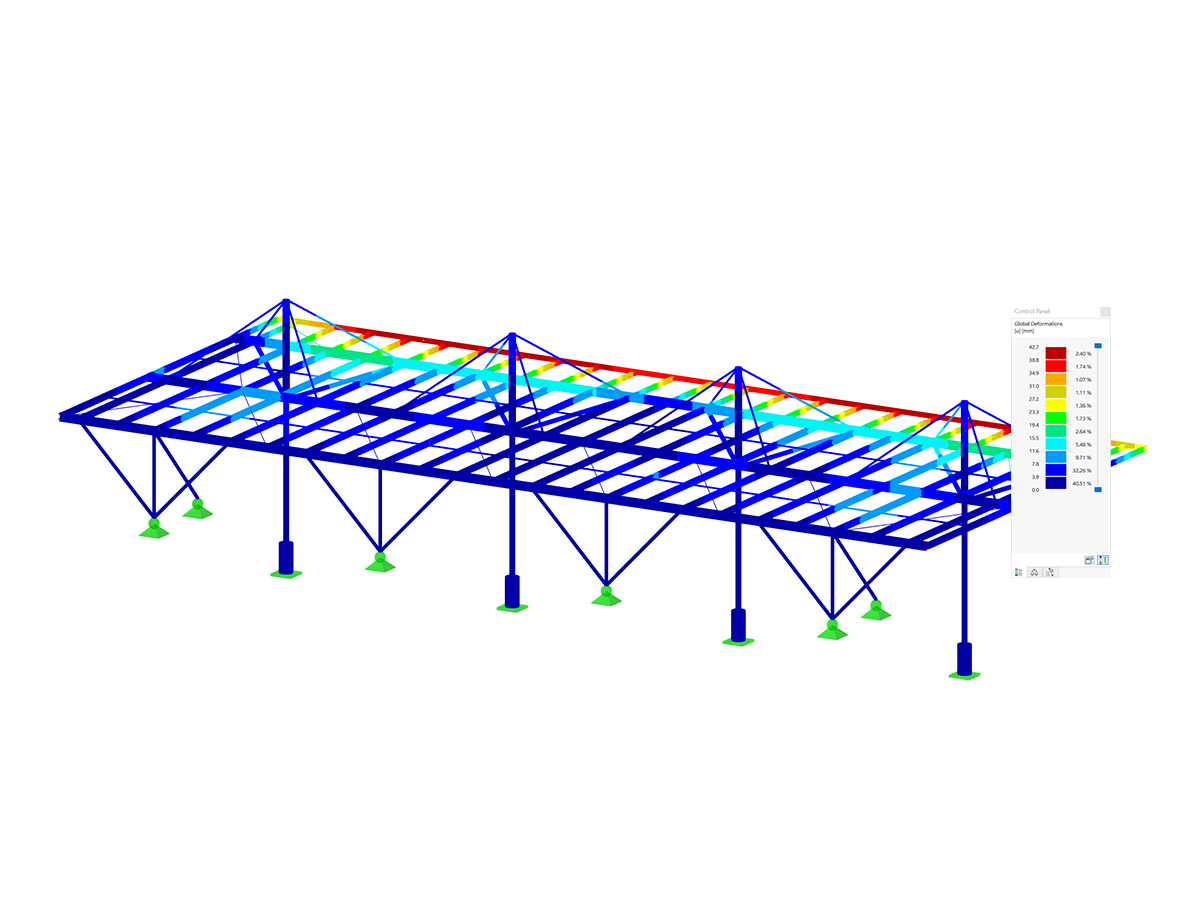
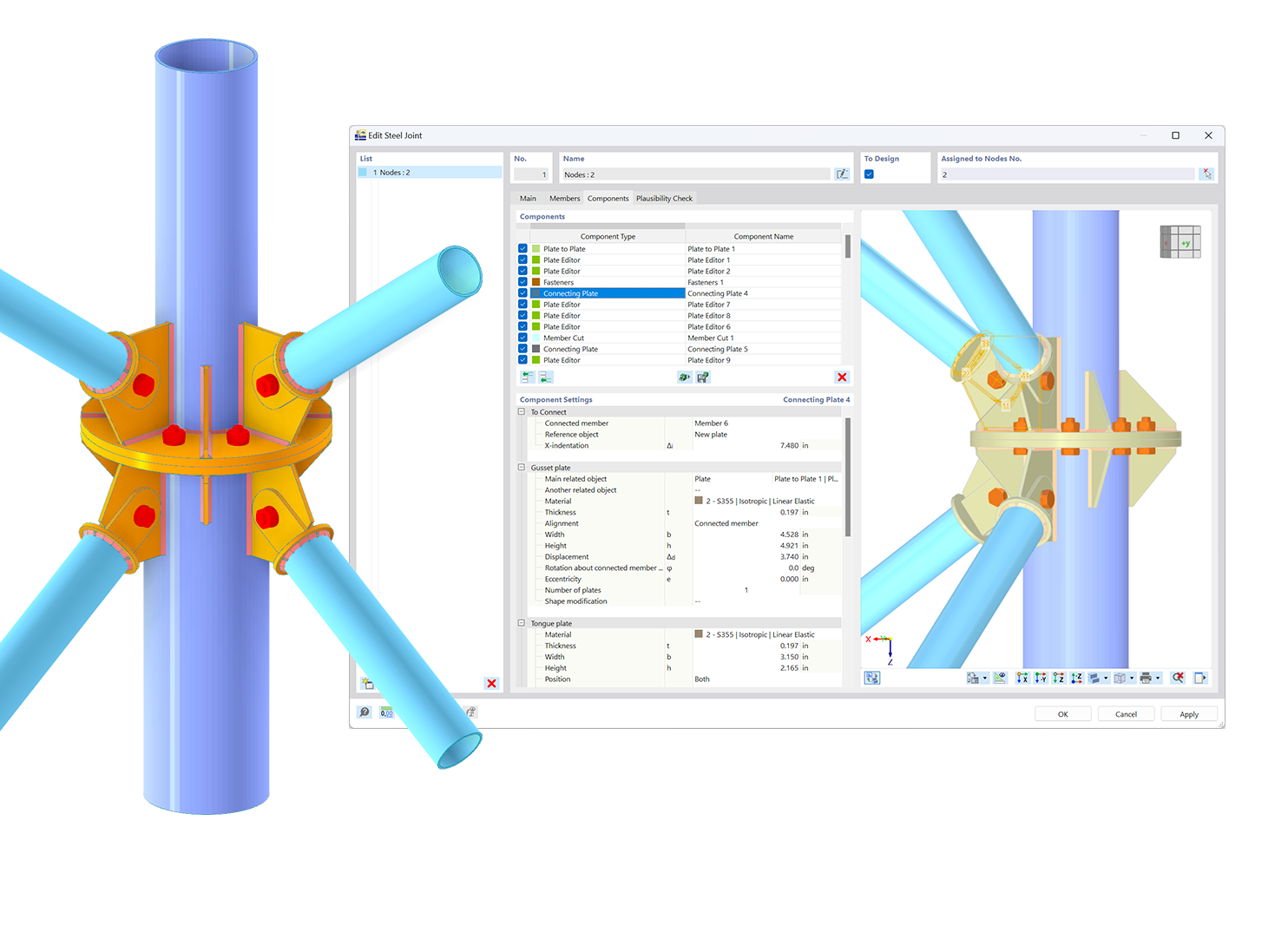.png?mw=600&hash=49b6a289915d28aa461360f7308b092631b1446e)
